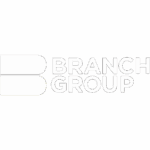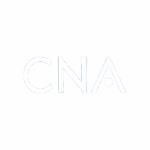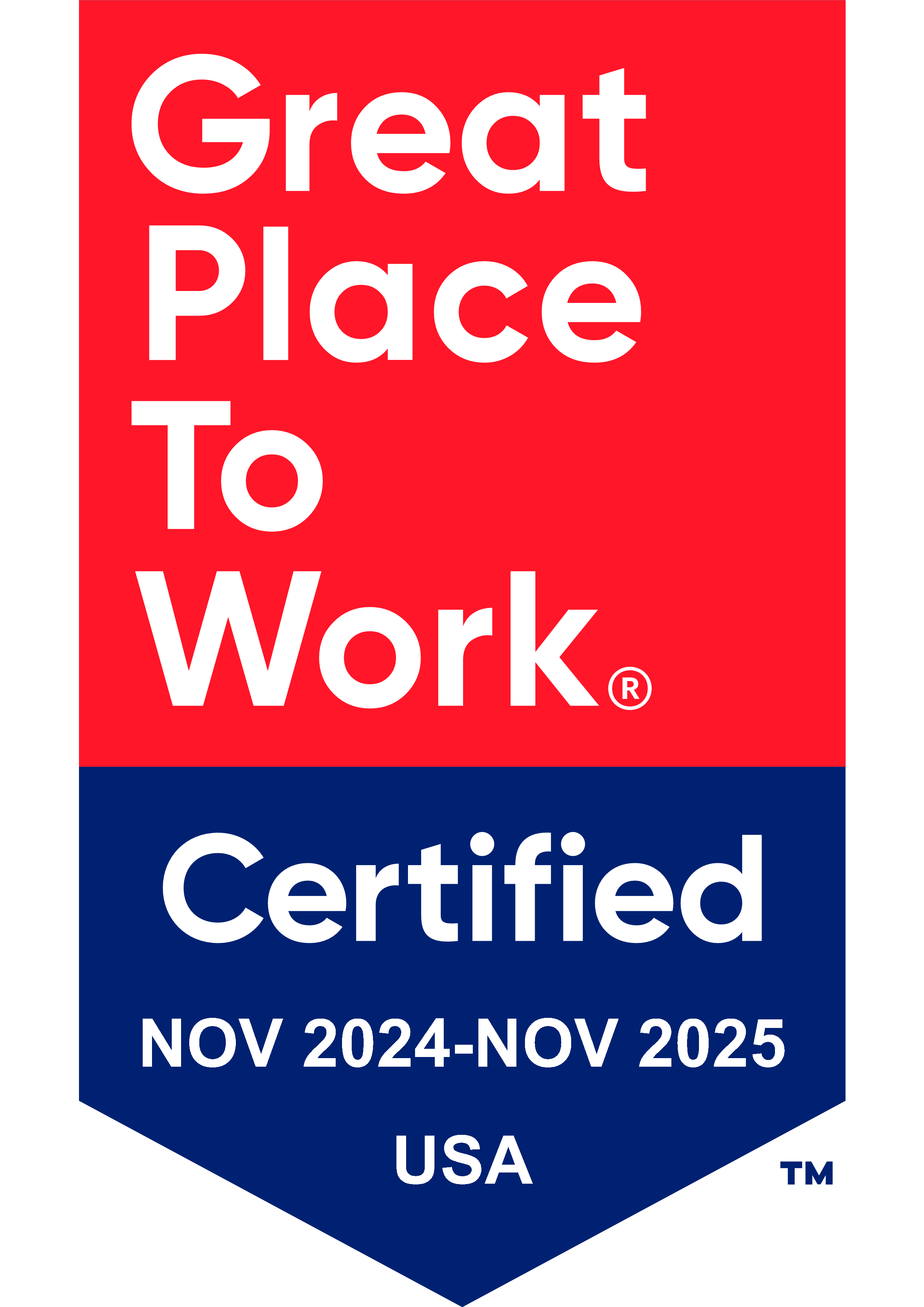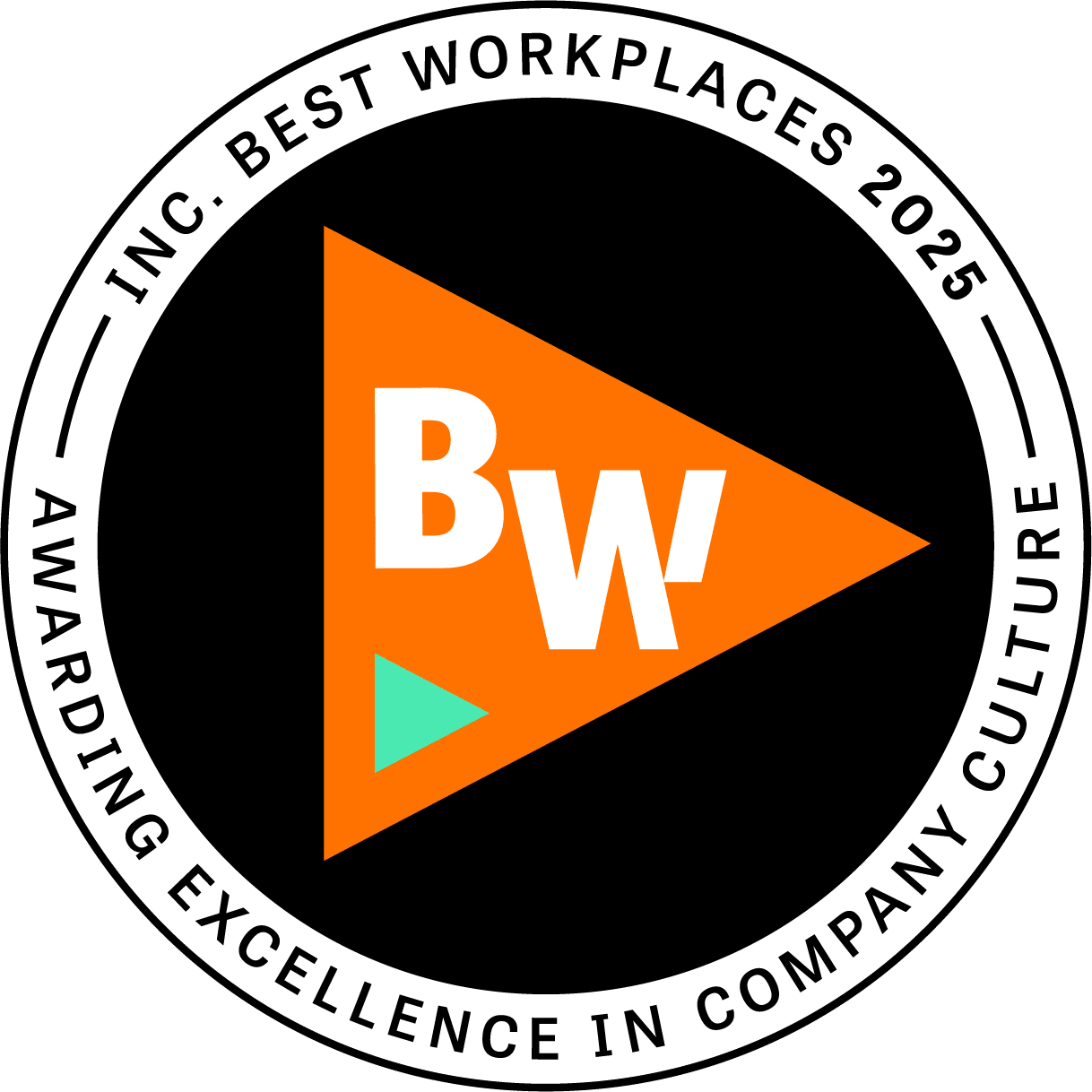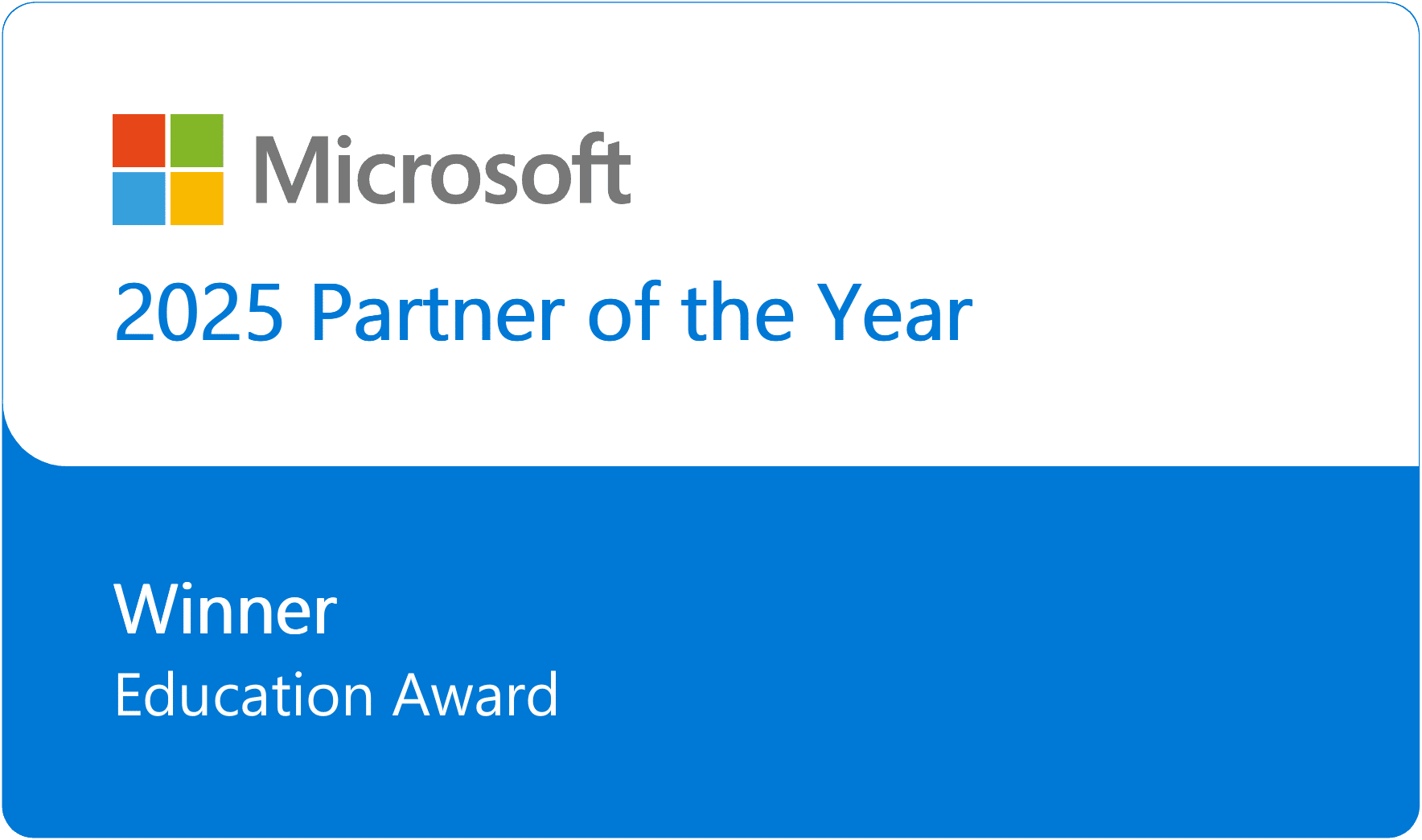In today’s data-driven world, businesses need robust solutions to manage, analyze, and govern their data efficiently. Microsoft Fabric emerges as a game-changer, offering an end-to-end analytics and data platform designed to meet the diverse needs of enterprises. This blog post delves into what Microsoft Fabric is, how it integrates with Microsoft Purview, the myriad benefits it brings to businesses, and how Cloudforce can help launch your organization’s data into orbit.
What is Microsoft Fabric?
Microsoft Fabric is an all-encompassing analytics and data platform that unifies various data-related processes into a single, cohesive solution. Built on a Software as a Service (SaaS) foundation, Fabric integrates components from Power BI, Azure Synapse Analytics, Azure Data Factory, and more. This creates a seamless environment for data movement, processing, ingestion, transformation, real-time event routing, and report building.
One of the standout features of Microsoft Fabric is its ability to centralize data storage with OneLake, a unified data lake that ensures compatibility with its open Delta Parquet format and eliminates the need for multiple databases or data warehouses. This centralization simplifies data management and ensures that AI capabilities are seamlessly embedded within the platform, enabling businesses to transition raw data into actionable insights effortlessly.
Integration with Microsoft Purview
Microsoft Fabric’s integration with Microsoft Purview takes data governance to the next level. Microsoft Purview is a comprehensive data governance, risk, and compliance solution that helps organizations manage their entire data estate. When combined with Microsoft Fabric, Purview provides a unified view of an organization’s data landscape, regardless of where the data resides—on-premises, in the cloud, or in SaaS applications.
The integration allows businesses to leverage Purview’s capabilities to discover, catalog, and manage data assets within Microsoft Fabric. This seamless integration ensures that data governance policies are consistently applied across all data sources, enhancing data security and compliance. With features like sensitivity labels and automated data classification, businesses can protect sensitive data and monitor activities to ensure compliance with regulatory requirements.
Benefits for Businesses
- Unified Data Management: Microsoft Fabric simplifies data management by centralizing data storage and integrating various data-related processes into a single platform, OneLake. This unification reduces the complexity of managing multiple data sources and ensures that businesses can access and analyze data more efficiently.
- Enhanced Data Governance: The integration with Microsoft Purview provides robust data governance capabilities, allowing businesses to manage data lineage, apply sensitivity labels, and monitor data activities. This ensures that data is consistently governed and protected across the organization.
- Scalability and Flexibility: Microsoft Fabric’s architecture is designed to scale with the needs of businesses. Whether a company is dealing with small datasets or massive volumes of data, Fabric can handle it all. The platform’s flexibility allows businesses to adapt to changing data requirements without the need for significant infrastructure changes.
- AI-Powered Insights: With AI capabilities embedded within Microsoft Fabric, businesses can leverage advanced analytics and machine learning to gain deeper insights from their data. This enables data scientists and analysts to build and deploy AI models quickly, driving innovation and improving decision-making.
- Cost Efficiency: By consolidating various data-related services into a single platform, Microsoft Fabric helps businesses reduce costs associated with managing multiple tools and services.
- Improved Collaboration: Microsoft Fabric fosters collaboration among different teams within an organization. With shared experiences and unified data access, data engineers, scientists, and business users can work together more effectively, reducing data silos and driving better outcomes all while reducing time-to-insight.
Drinking Our Own Champagne
At Cloudforce, we believe in practicing what we preach. Our team is dedicated to helping organizations adopt Microsoft Fabric seamlessly and effectively. Here’s how we do it:
Integrate Data
One of the foundational steps in adopting Microsoft Fabric is data integration. At Cloudforce, we help organizations automate the ingestion of external data sources, ensuring seamless and efficient data flow. Our approach includes identifying and connecting external data sources through the use of shortcuts, automating data ingestion workflows, and applying semantic models to enhance data quality and consistency. By integrating data effectively, we ensure that all data is accurate, consistent, and ready for analysis.
Visualize Data
Data visualization is crucial for making informed business decisions. Cloudforce assists organizations in creating Power BI artifacts using data and semantic models within Microsoft Fabric. Our process involves designing intuitive and interactive Power BI dashboards, leveraging semantic models to enhance the quality and relevance of data visualizations, and ensuring meaningful data presentation. With our expertise, organizations can transform raw data into insightful visualizations that drive strategic decision-making. Here at Cloudforce, we make use of these capabilities to ingest HubSpot sales and engagement data to visualize our data in Power BI. This data visualization allows Cloudforce to make business decisions based on clean, reliable data and make inferences based on Power BI reporting, which means we can bring these features to you.
Real-Time Analytics
In today’s fast-paced business environment, real-time analytics is essential. At Cloudforce, we help organizations bring streaming time-series data into Microsoft Fabric, enabling real-time insights and visualizations. Our approach includes setting up data pipelines, creating real-time visualizations, and ensuring data accuracy and timeliness. By enabling real-time analytics, organizations can respond quickly to changing conditions and make data-driven decisions on the fly. Internally, Cloudforce utilizes Microsoft Fabric Eventstreams to bring in IoT (Internet of Things) spatial analysis data from our cameras to store in Eventhouses, where we can then utilize the data in our PowerBI reporting to understand office occupancy metrics.
Train Data
Machine learning and AI are transforming the way businesses operate. We can assist organizations in training data and creating simple models and experiments within Microsoft Fabric. Our services include developing and training machine learning models, integrating with Azure AI Foundry or Azure Machine Learning, and conducting experiments to refine and optimize models. With our support, organizations can leverage advanced AI and machine learning capabilities to gain deeper insights and drive innovation.
Conclusion
Microsoft Fabric is a powerful platform that brings together data management, analytics, and governance into a single, unified solution. Its integration with Microsoft Purview enhances data governance capabilities, ensuring that businesses can manage their data securely and efficiently. By leveraging the benefits of Microsoft Fabric, businesses can unlock the full potential of their data, drive innovation, and achieve their strategic goals.
Ready to transform your data strategy? Reach out to Cloudforce to discuss your organization’s data and Microsoft Fabric adoption needs. Our experts are here to help you harness the power of your data and propel your business forward. Use the form below to contact us today and get started!
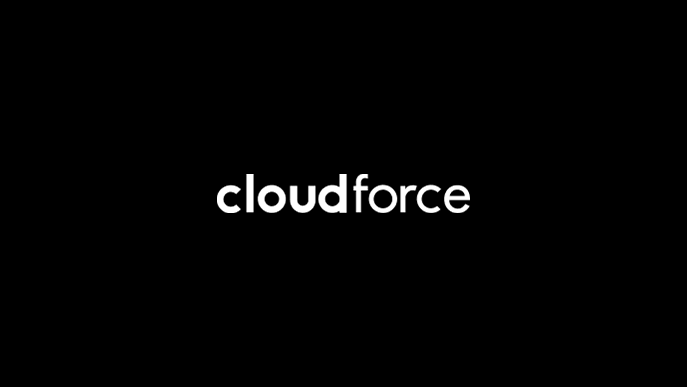
 by
by 


